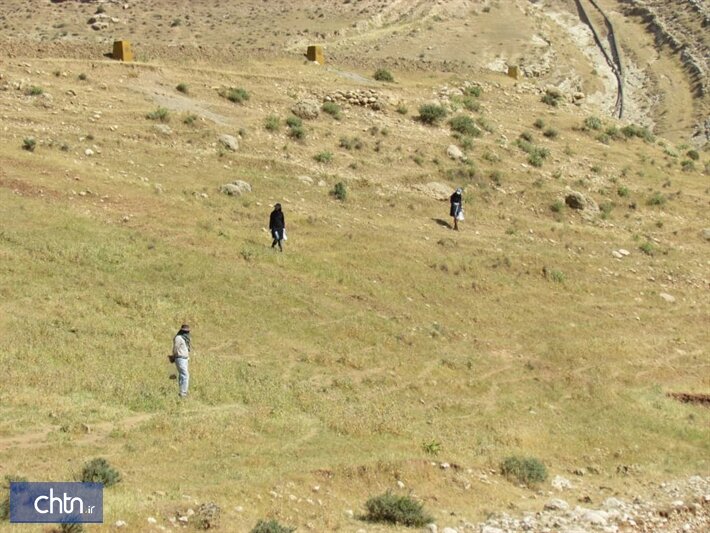Tens of historical areas, relics identified in western Iran

TEHRAN – A total number of 65 centuries-old areas and relics have been found during an archeological season, which recently came to end in Sirvan plain, western province of Ilam.
“65 historical and cultural items, dating back to a time from the prehistorical times to Islamic era, have been identified and documented during an archaeological survey carried out in the historical site of Sirvan,” CHTN quoted Iranian archaeologist Shahla Ahmadi as saying on Wednesday.
“The study was carried out in an area covering 412 square kilometers to complete the archeological map of the country, which resulted in identifying and recording ancient artifacts and establishments, and relative knowledge of the periods of human settlement in the region.”
The lion’s share of the newly identified objects dates from the Sassanid era (224–651), she said.
“Historical Tepes (hills), sites, ruined structures, cemeteries, caves, and rock shelters were amongst areas with cultural values that have been identified/ documented recently.”
The historical site of Sirvan, which is estimated to date from the Sassanid era (224–651), was inscribed on the National Heritage List in 2001.
Iran under Sassanian rule (224-651 CE) witnessed tremendous achievements of Persian civilization. Experts say that during the Sassanid era the art and architecture of the nation experienced a general renaissance. In that era, crafts such as metalwork and gem-engraving grew highly sophisticated, as scholarship was encouraged by the state; many works from both the East and West were translated into Pahlavi, the official language of the Sassanians.
AFM/MG
Leave a Comment